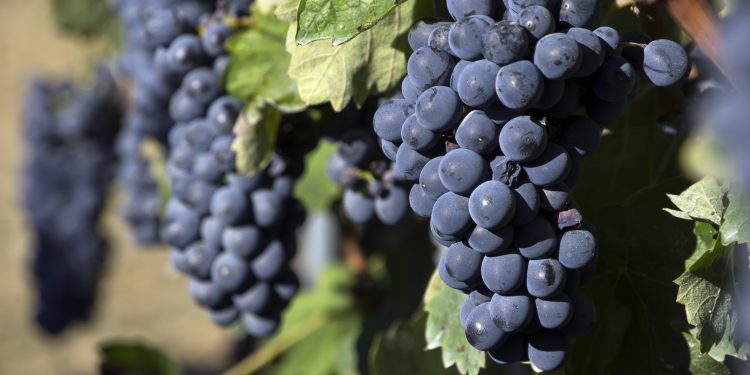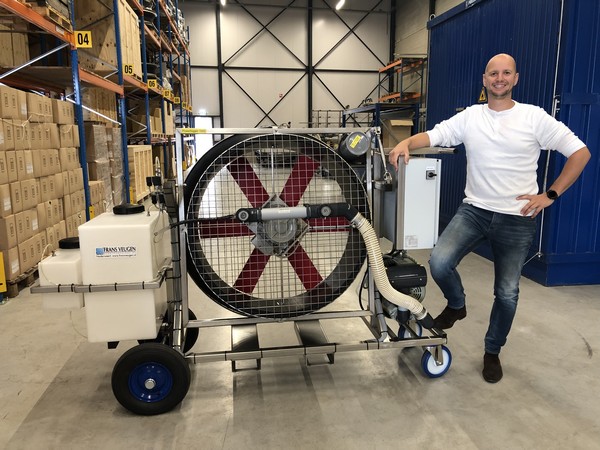#GrapeHarvest #SoillessAgriculture #Innovation #GrapeCultivation #Manisa #AgriculturalTechnology #ResourceEfficiency
Manisa witnessed its first grape harvest using soilless agriculture techniques. The Manisa Viticulture Institute successfully harvested Trakya İlkeren and Spil Karası grapes grown in a soilless greenhouse.
The Manisa Viticulture Institute, with the dedicated efforts of Turkish engineers over the past four years, achieved the first harvest of Spil Karası and Trakya İlkeren early ripening grape varieties using soilless agriculture techniques. These grapes not only offer the advantage of biannual harvesting but also demonstrate water and fertilizer efficiency, while being protected against adverse weather conditions.
The use of soilless agriculture, a pioneering technique developed by Turkish engineers, has revolutionized grape cultivation in Manisa. By adopting computer-controlled automation systems for irrigation and fertilization, the institute ensures the efficient supply of water and nutrients in a closed environment. Additionally, the remaining waste from plant utilization undergoes collection and disinfection processes, promoting both water and fertilizer conservation. The cultivation relies on 15-liter volume pots and employs coconut coir and perlite as substitutes for soil. Moreover, the accessibility to the greenhouse via remote access over mobile networks enhances the ability to address any issues promptly.
The director of the Manisa Viticulture Institute, Akay Ünal, highlighted the significance of this innovation. Notably, the soilless agriculture method allows for two harvests per year, offering a continuous grape supply during both the June and December seasons. As the institute prepares to enter its fourth year of productivity, the obtained results will be shared with producers, paving the way for widespread implementation and economic analysis. Furthermore, the system’s ability to provide grapes during periods when they are scarce in the market adds an additional advantage. Although grape harvesting has not yet commenced in the open vineyards, the greenhouse is already yielding produce.
Ünal emphasized that grapes grown in the greenhouse are unaffected by adverse weather conditions, including frost and hail, which often cause concerns for grape producers. The controlled environment within the greenhouse enables precise administration of water, nutrients, and agricultural chemicals. By eliminating the impact of hail and frost, the greenhouse cultivation method mitigates the risks associated with these natural disasters.
The introduction of soilless agriculture in Manisa’s grape production represents a groundbreaking achievement. This innovative technique not only ensures a reliable and continuous supply of grapes but also offers improved efficiency in resource utilization and protection against adverse weather events.










